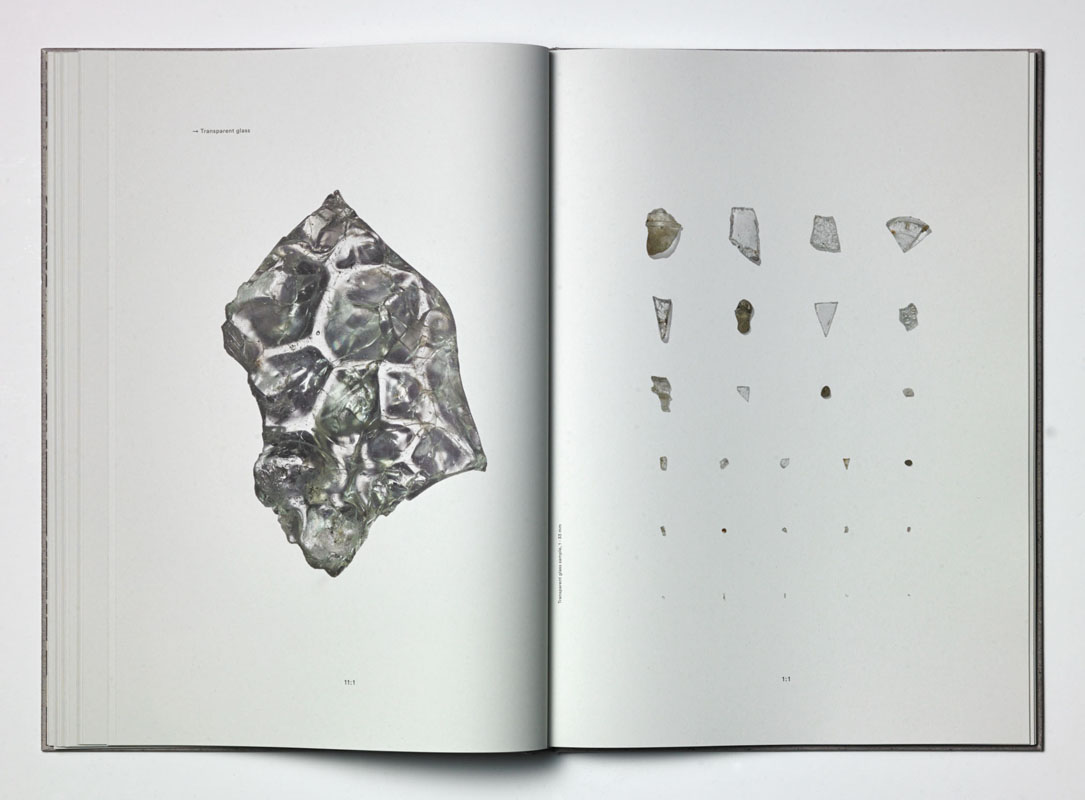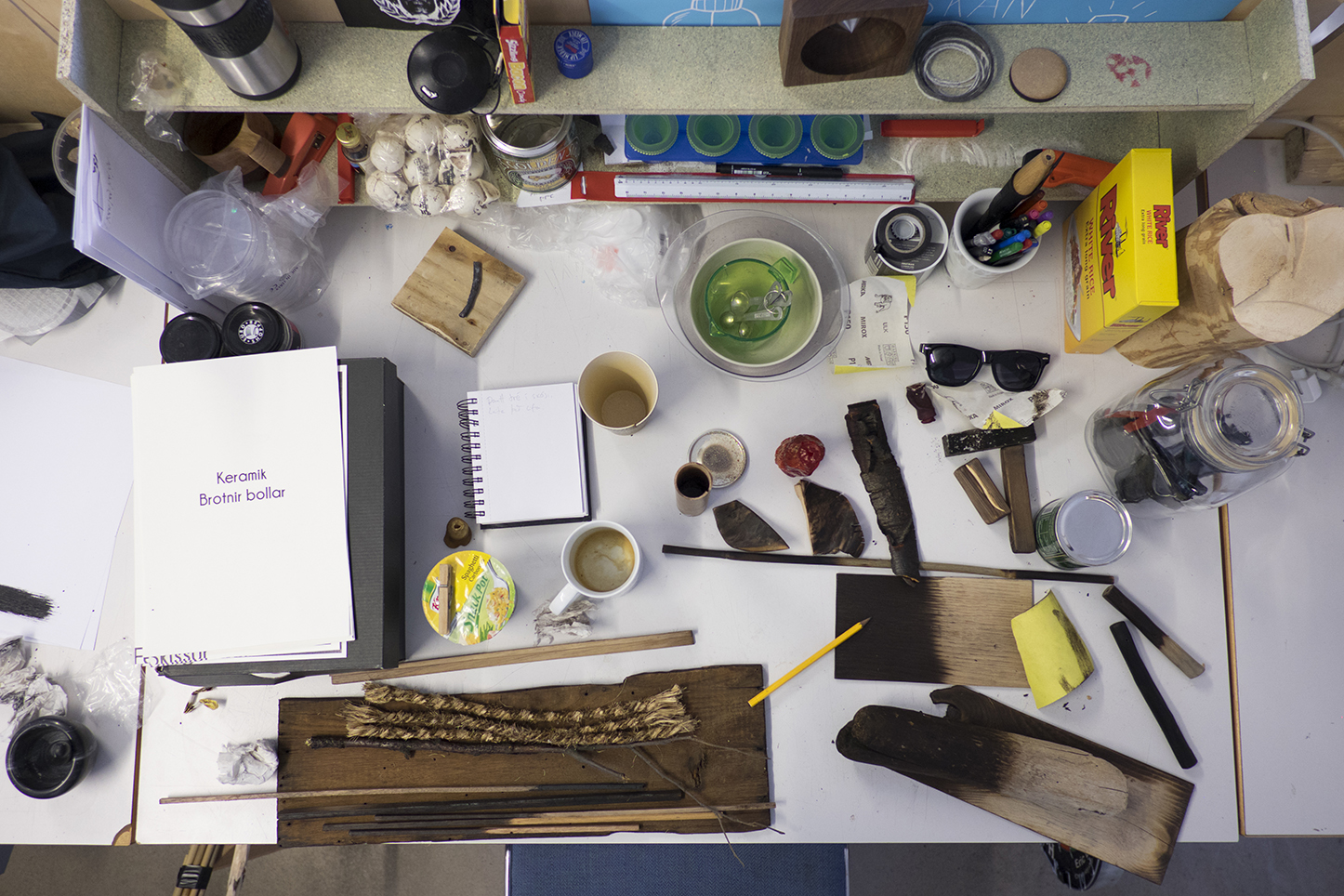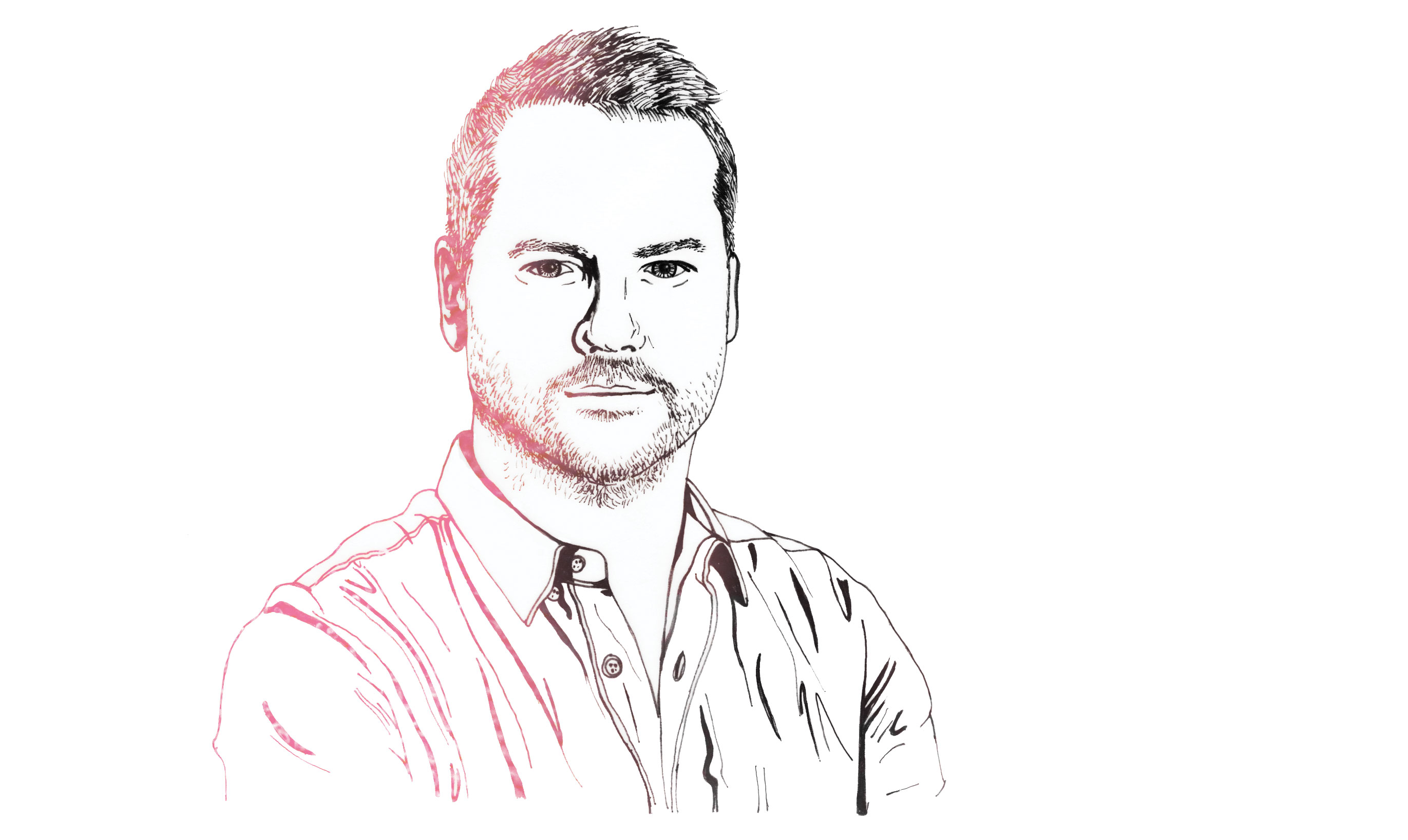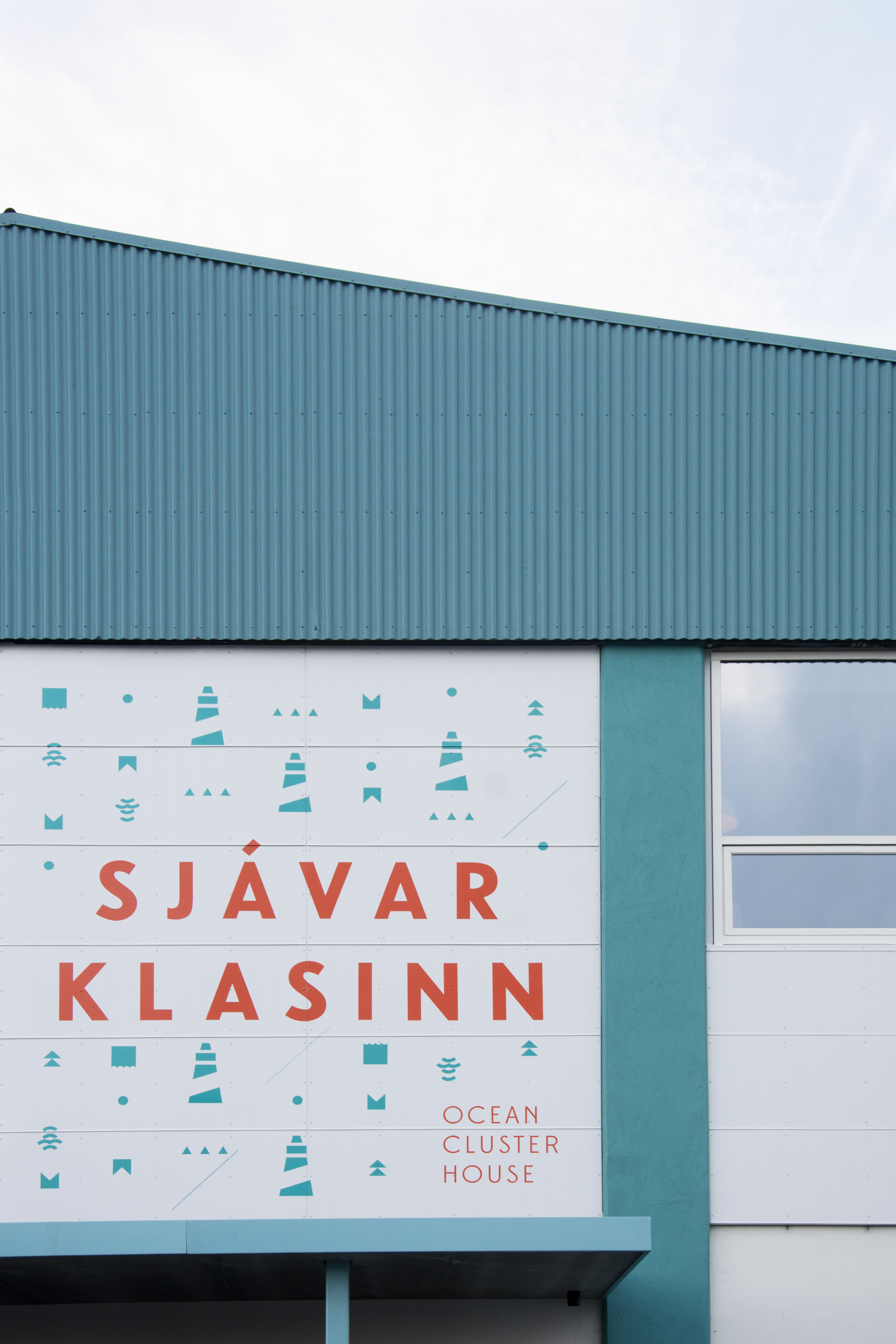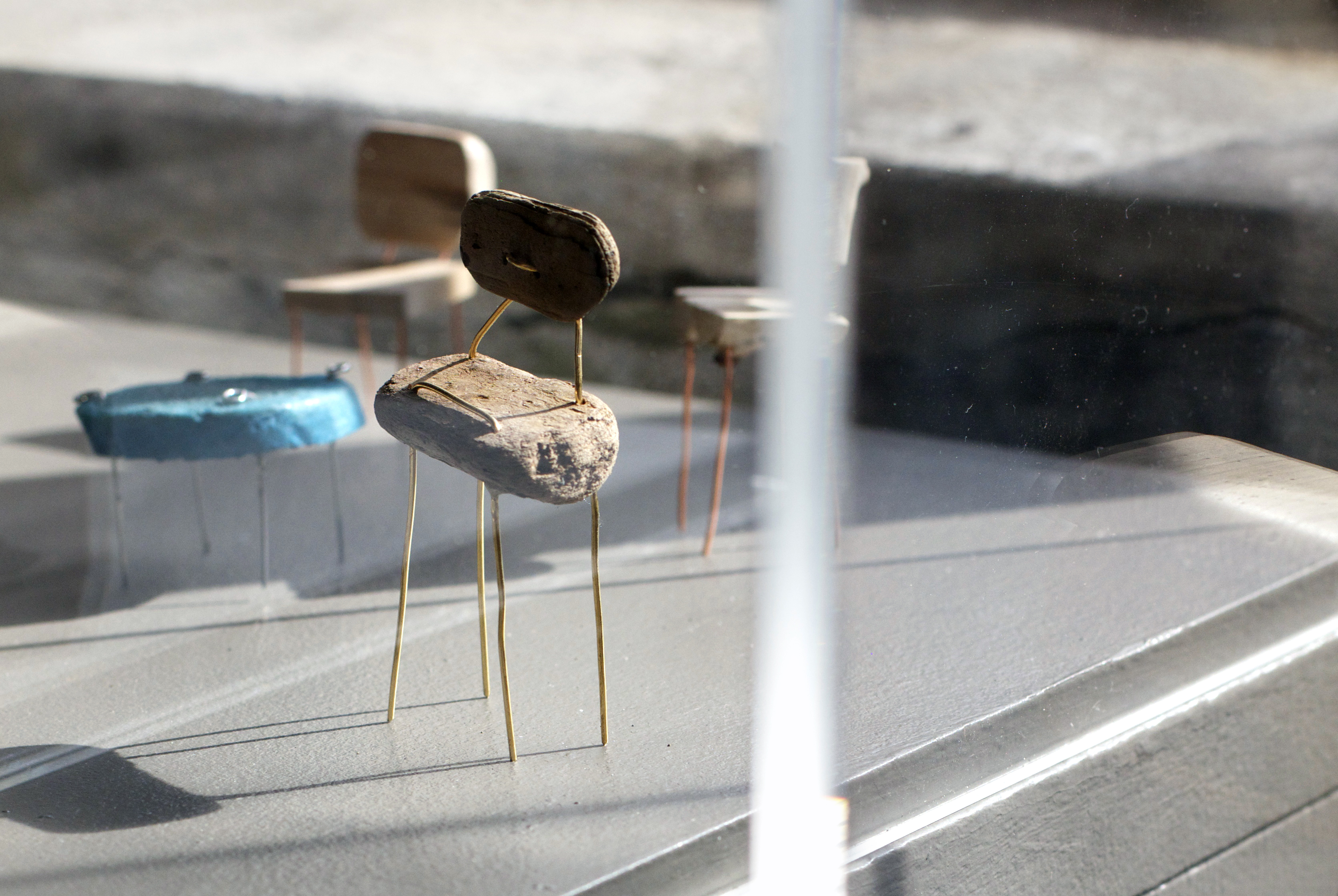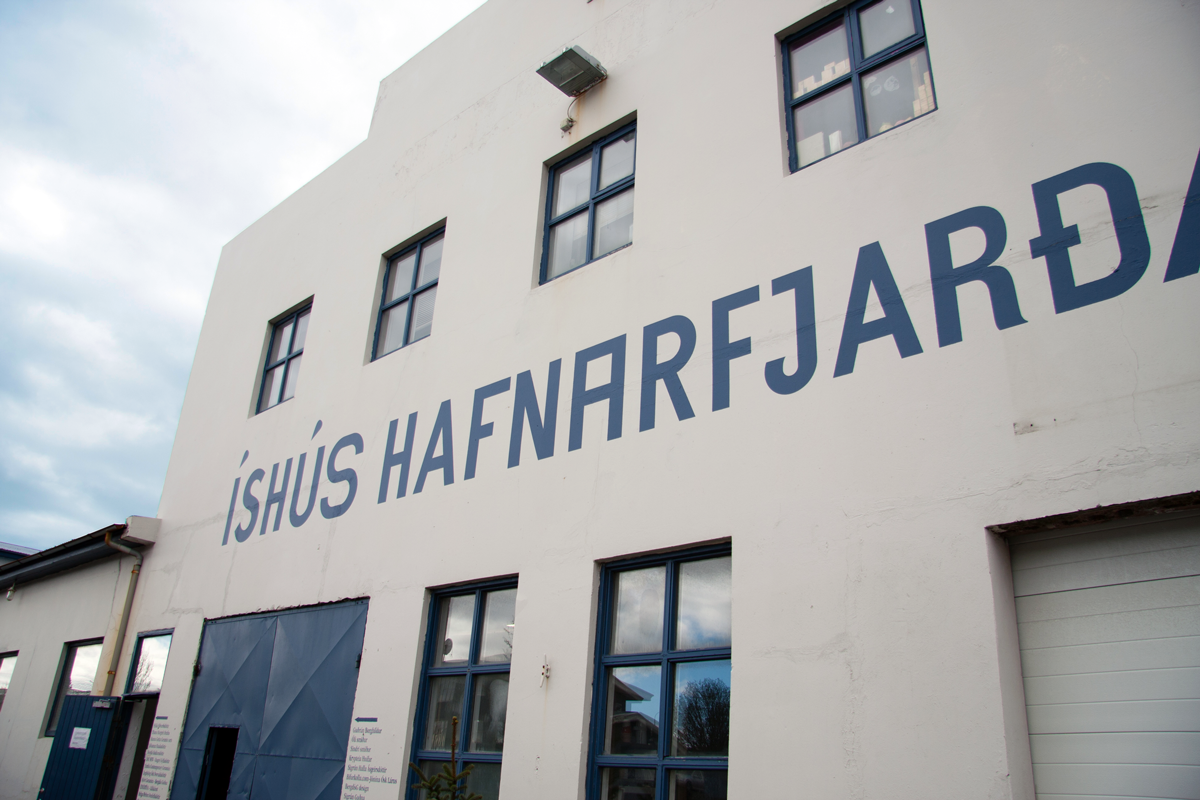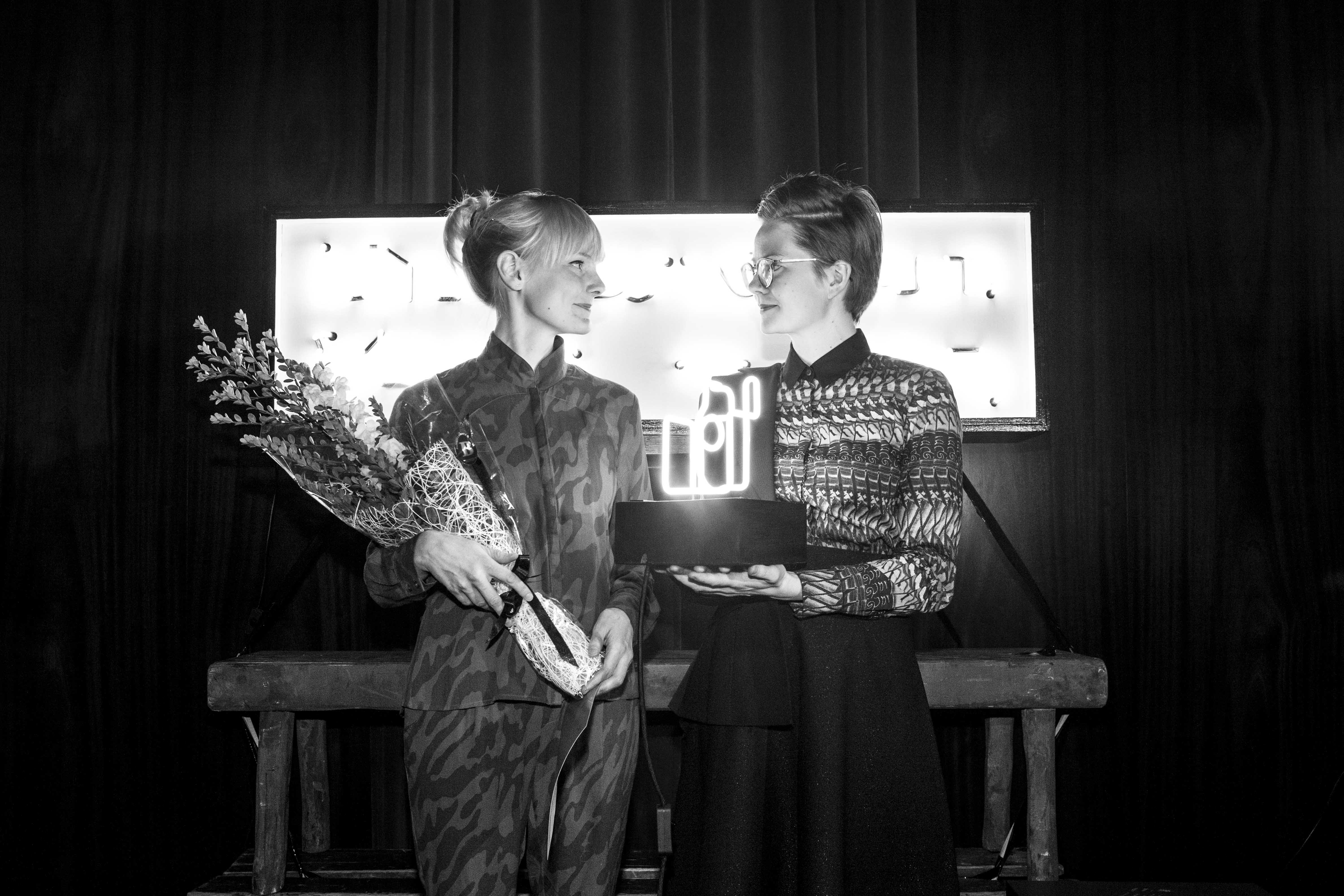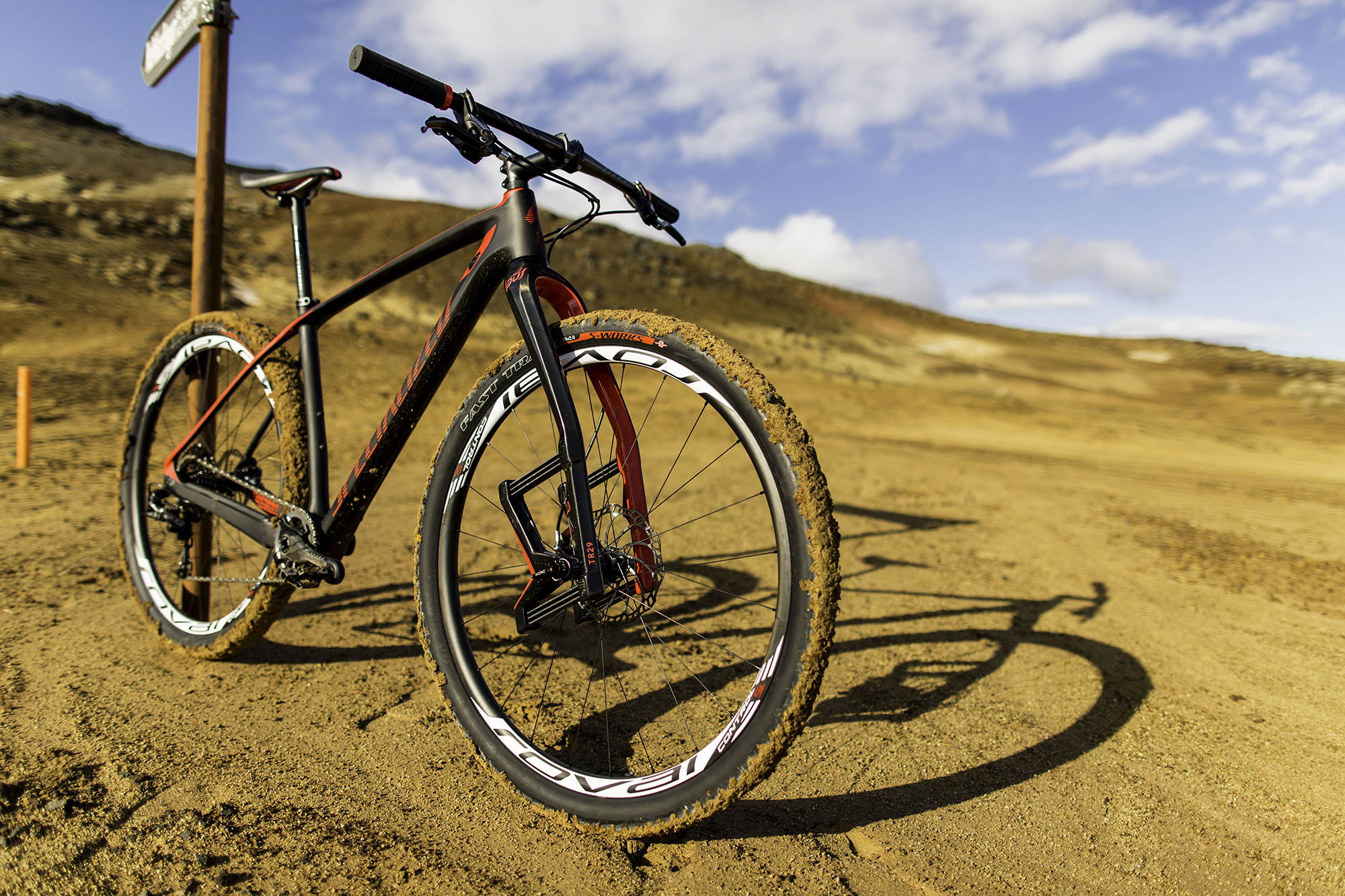DesignTalks 2017 Spotlight
—
Christien Meindertsma
In our DesignTalks Spotlights, we’re going into the Who, What, When, Where, and Why of what you should know about each of our DesignTalks speakers and why we are so excited about their work. Short and sweet, yet substantial, we hope you enjoy this series. First up, Christien Meindertsma: Who? Christien Meindertsma is a Dutch artist and designer who graduated from Eindhoven Design Academy in 2003 and is currently living and working in Rotterdam. Meindertsma is a artist and designer whose work investigates the life of products and raw materials. According to her personal biographical statement, Meindertsma “aims to regain understanding of processes that have become so distant in industrialization.” Meindertsma’s projects excel at using a single focal point—e.g. an object, a raw material or a geographical source—as a window into demonstrating the global scale of industrial products and its implications. What has she done? What is she doing now? In 2008, Meindertsma gained international attention with the publication of PIG 05049, a research project that tracked end-products created from a single anonymous pig. Over three …
